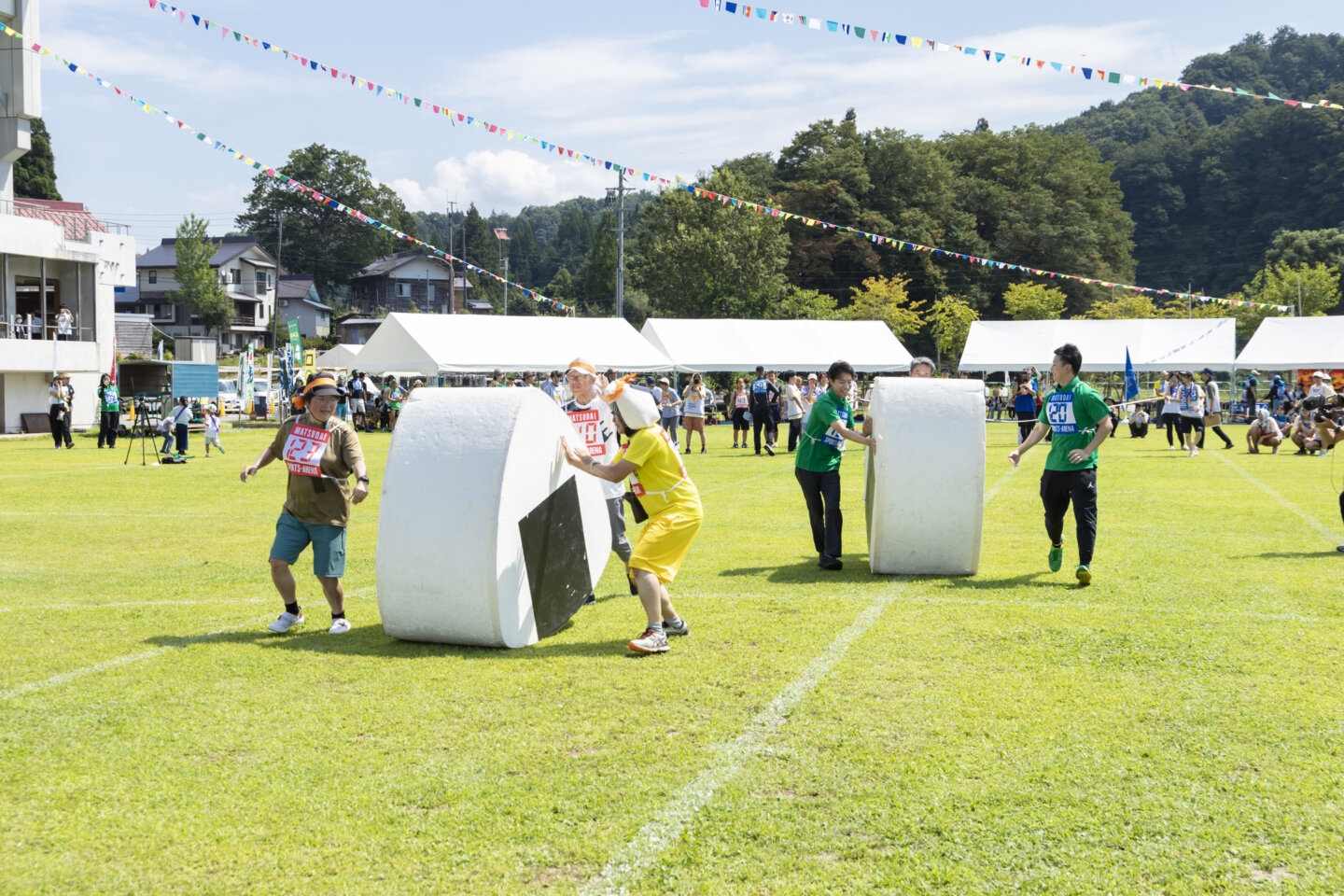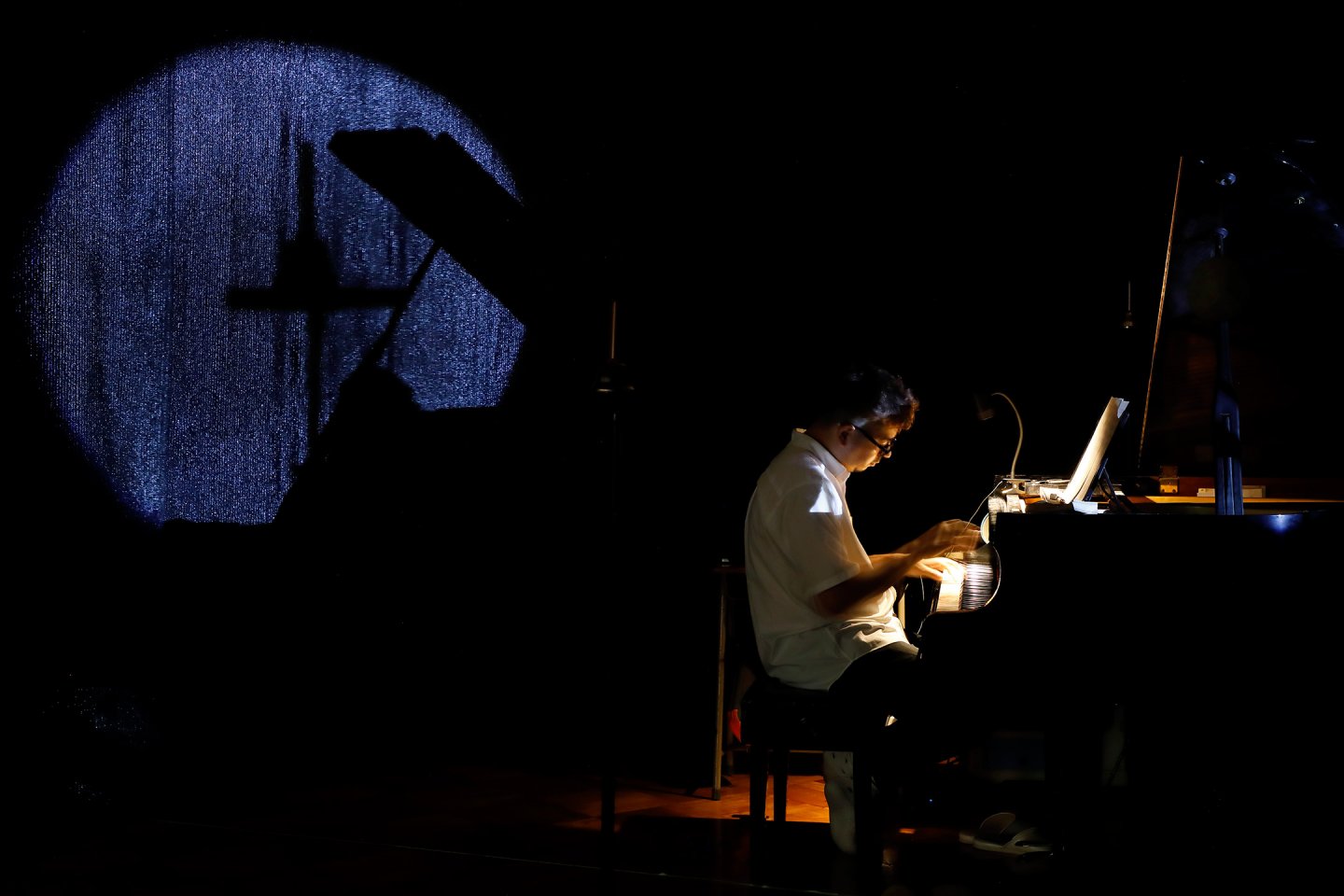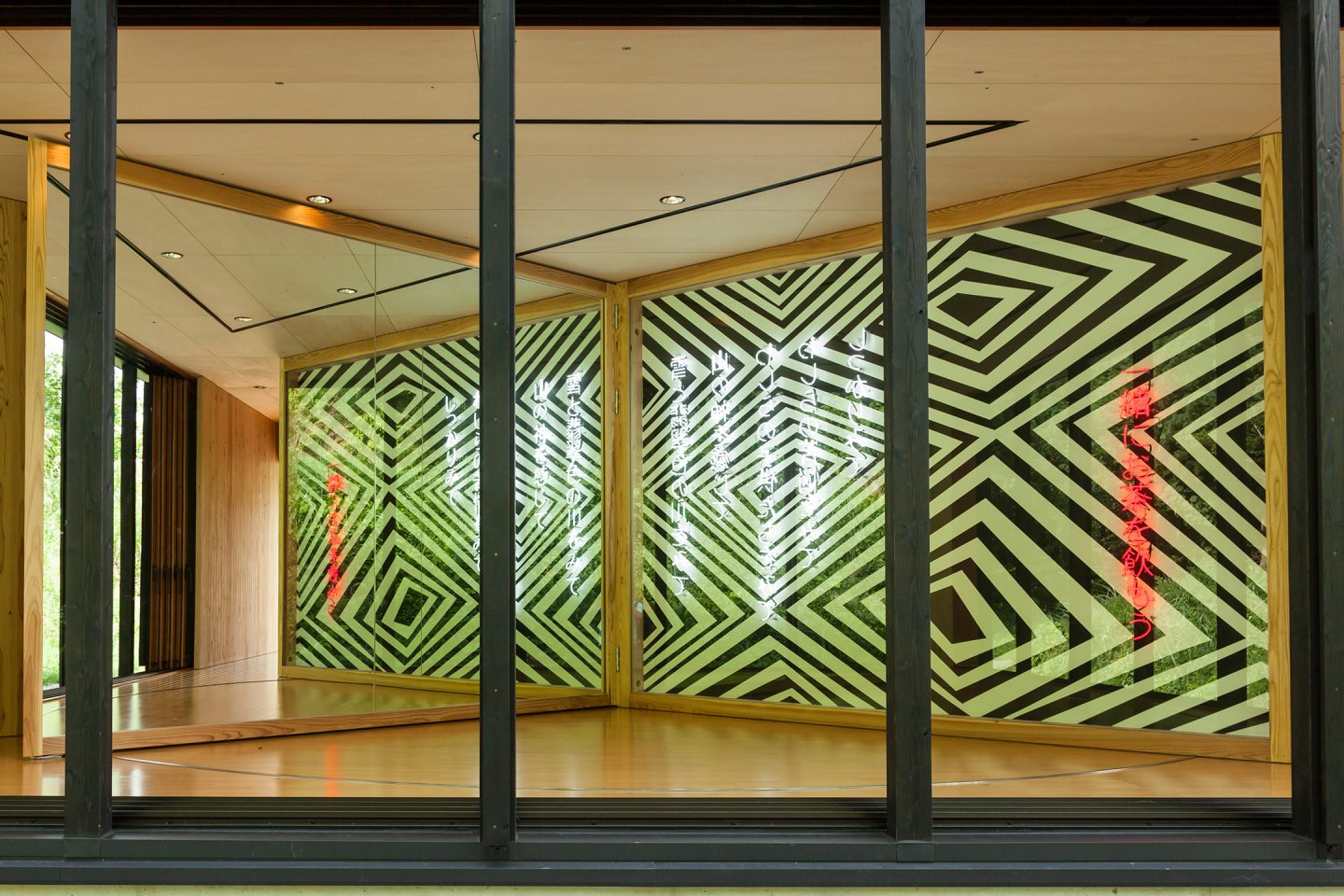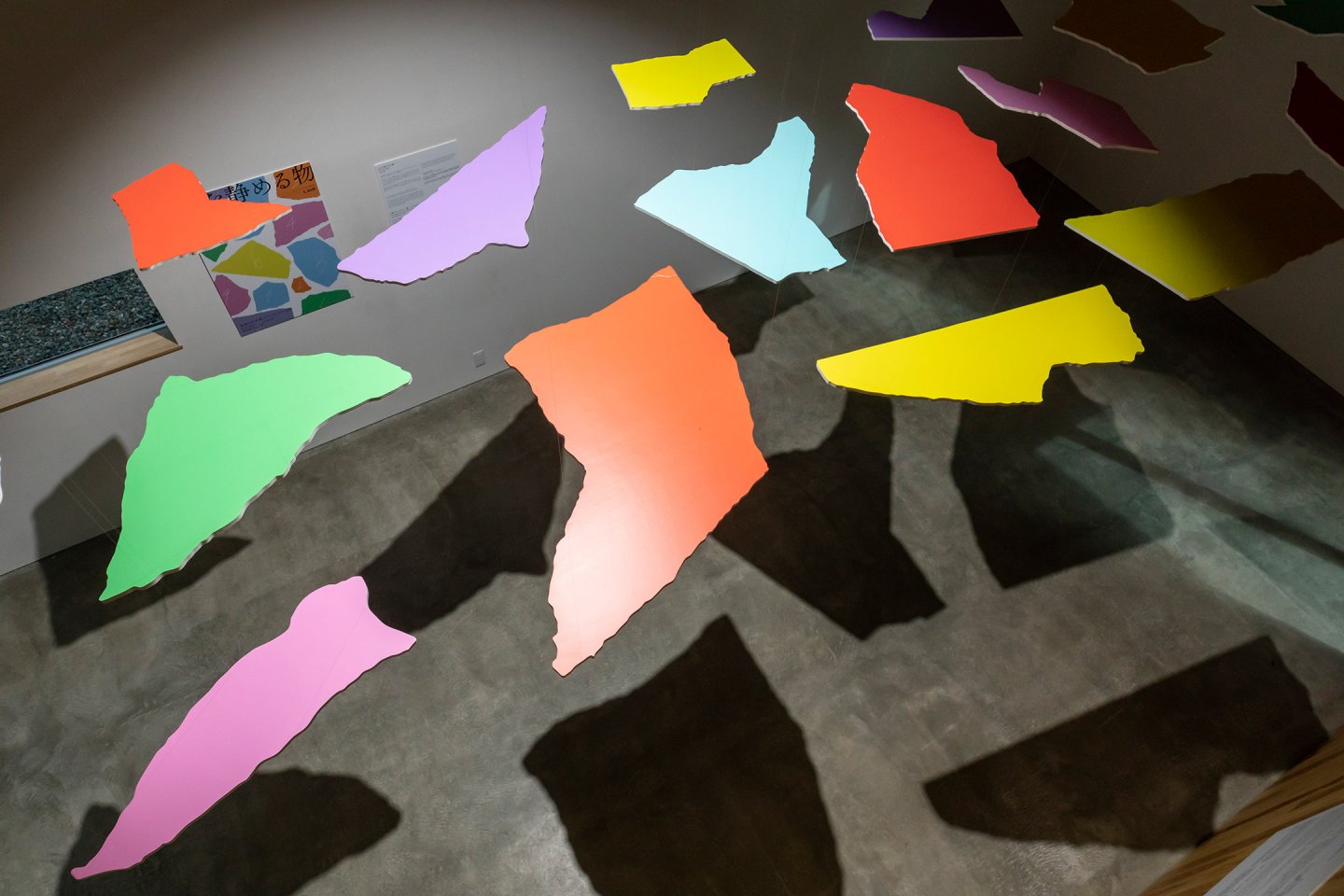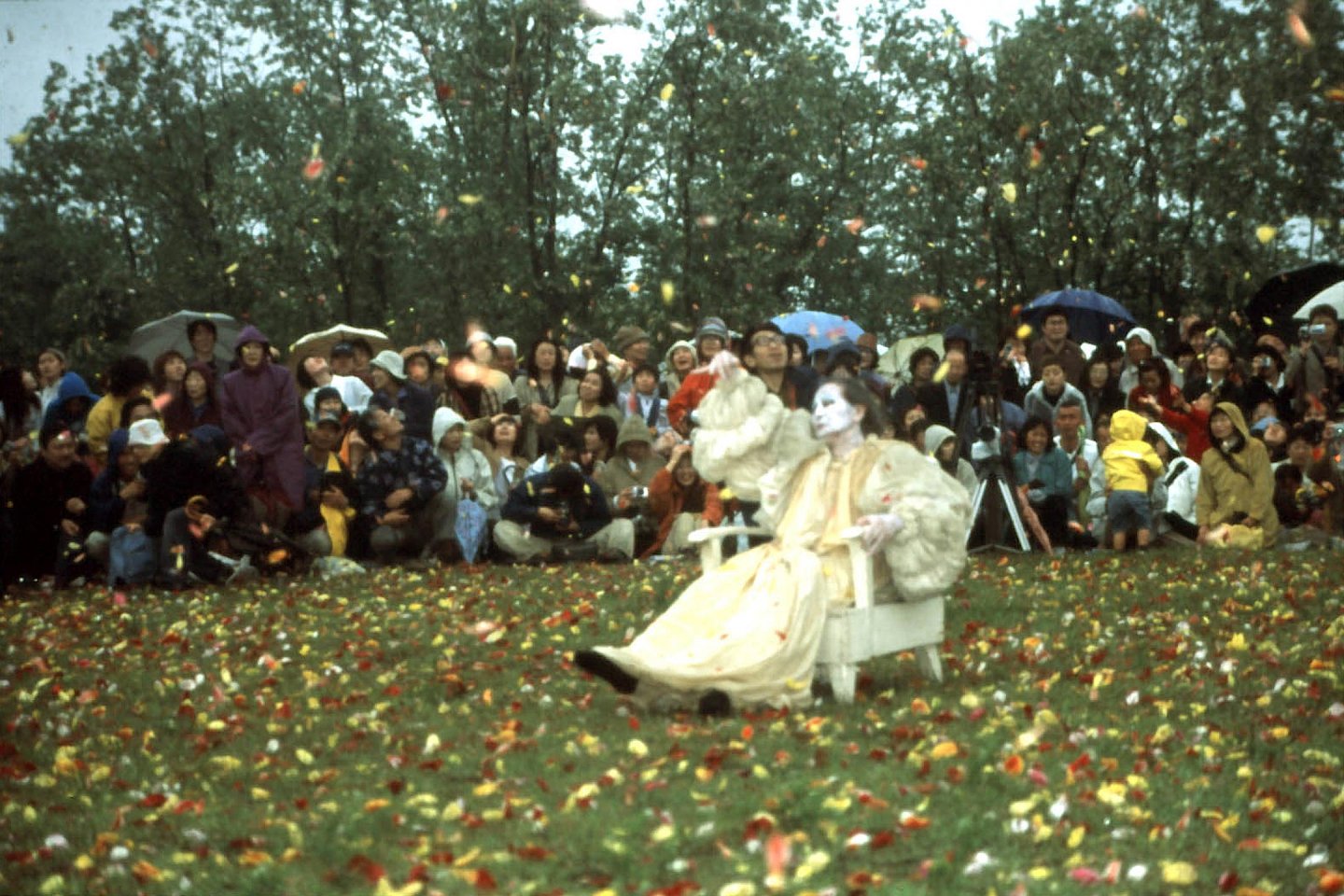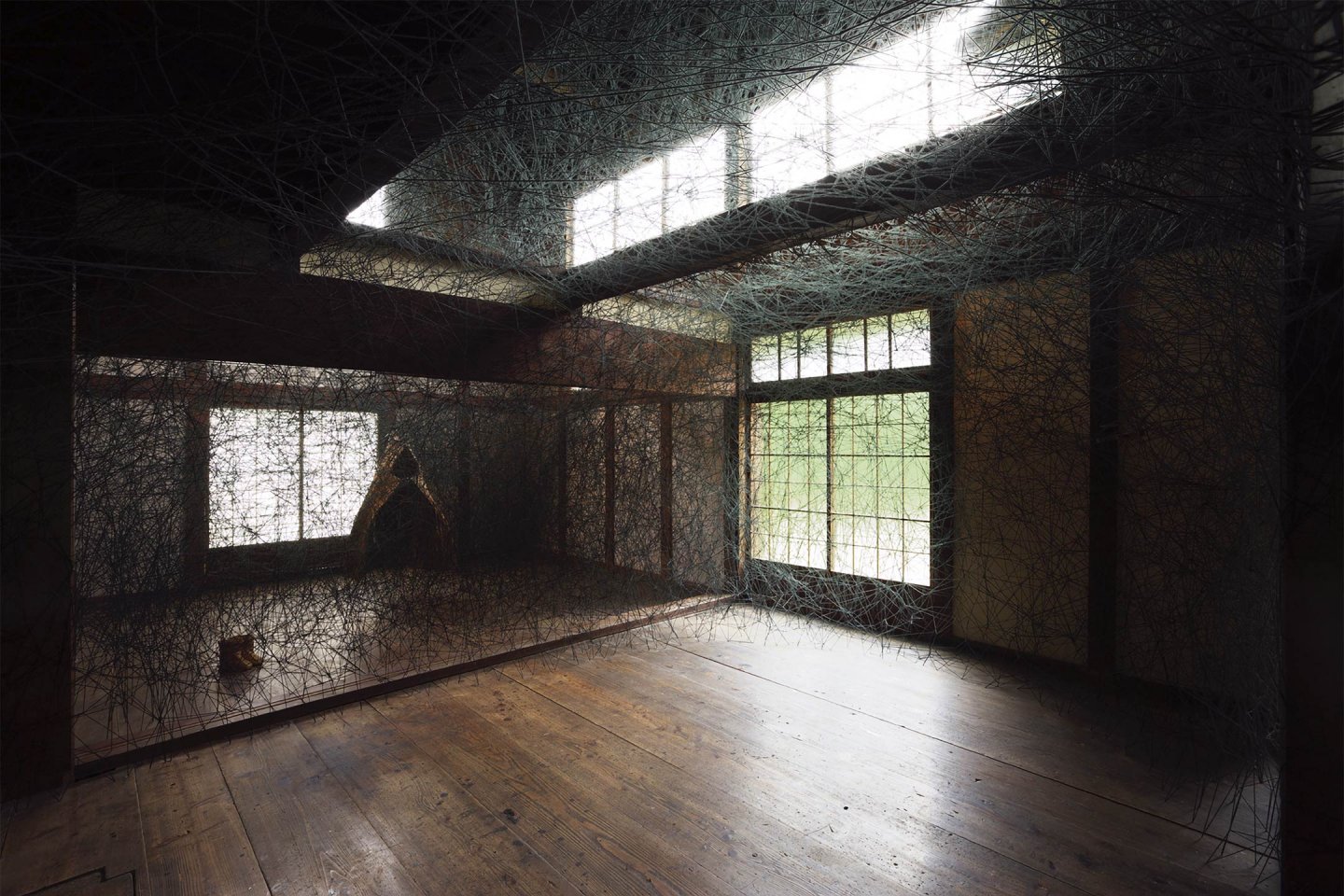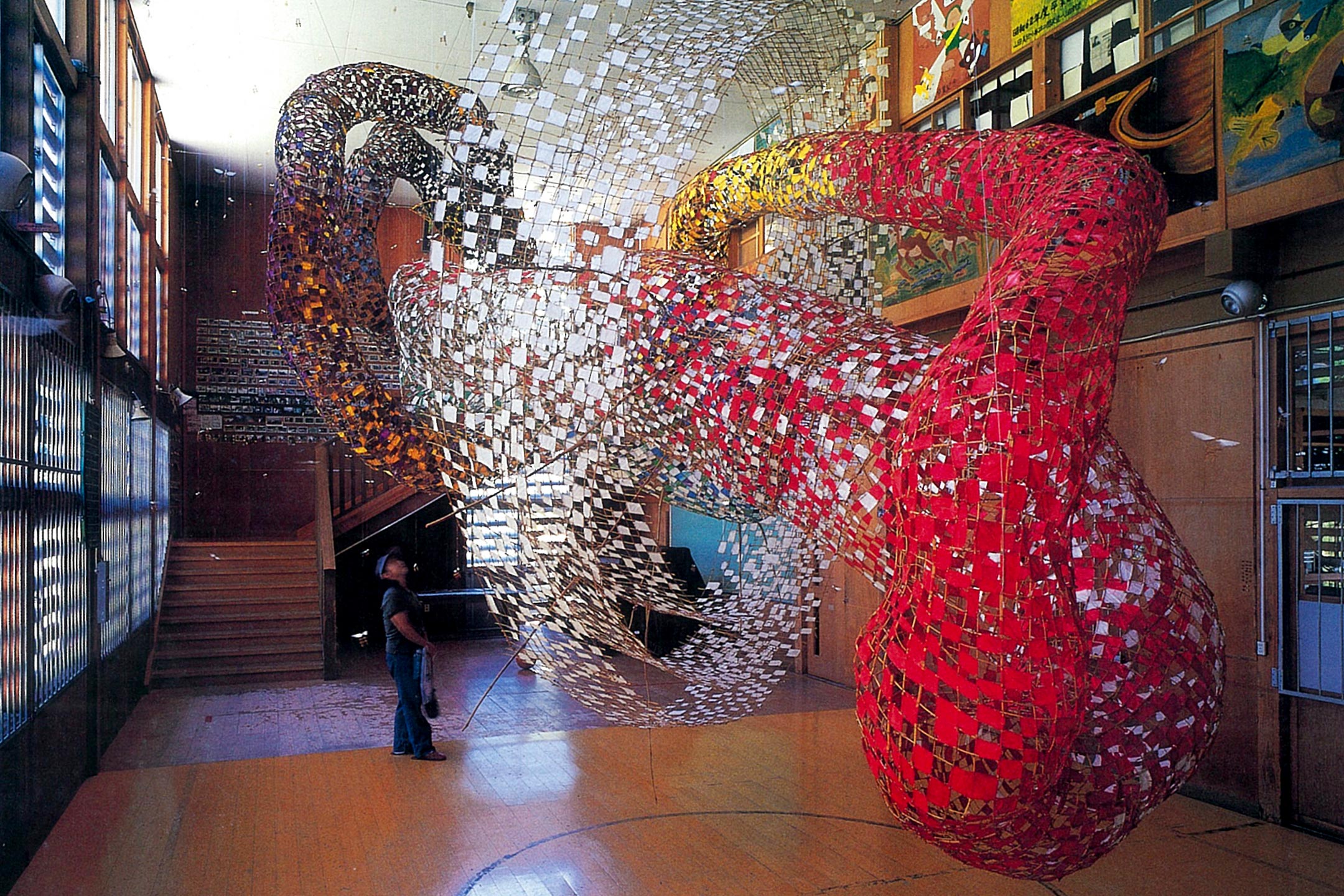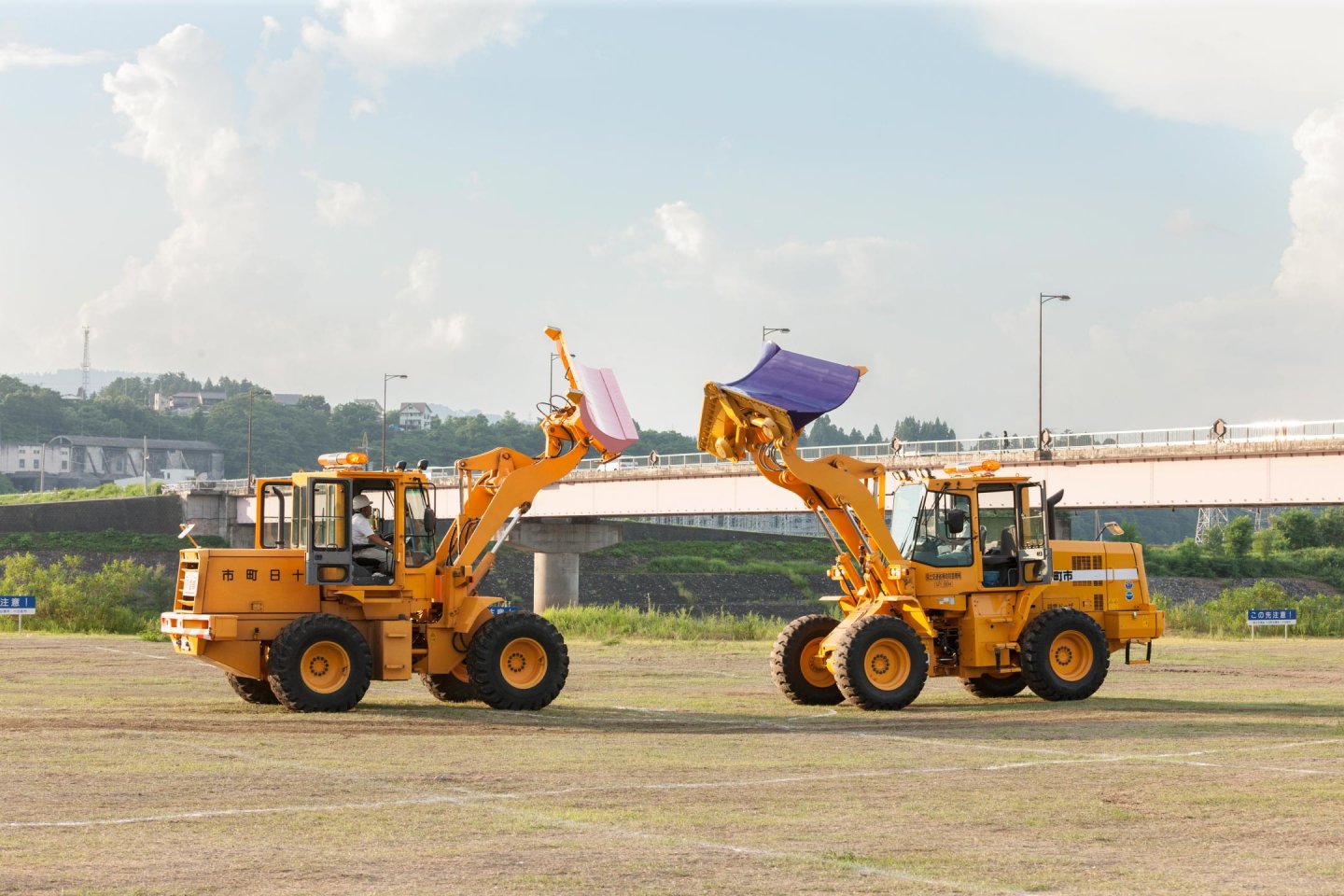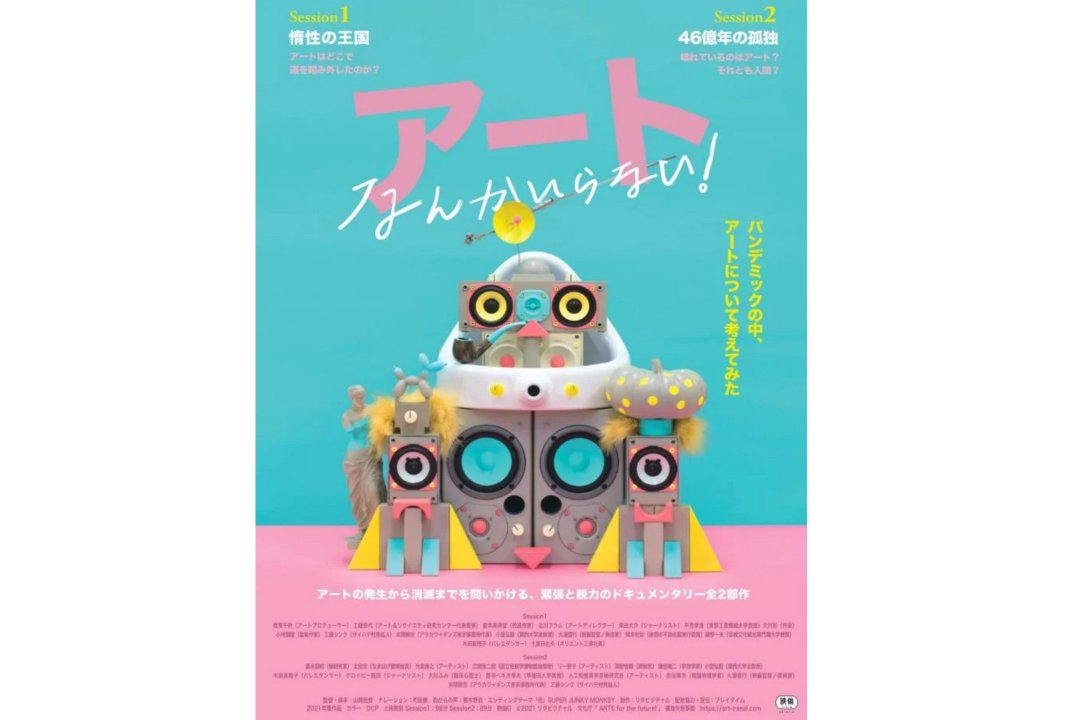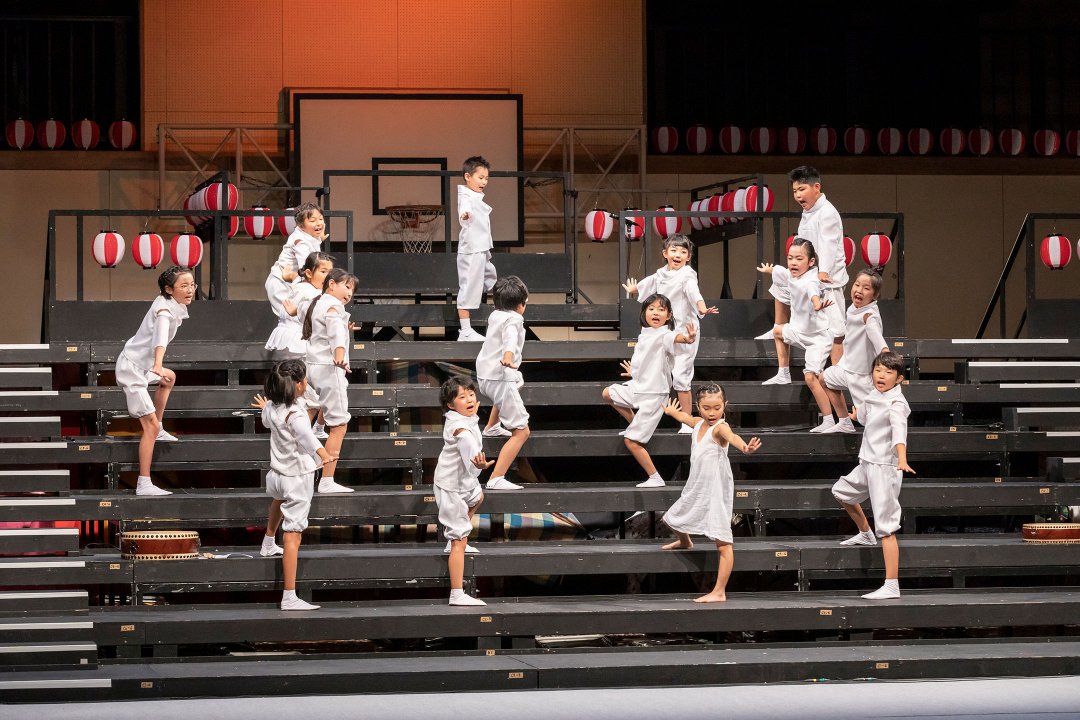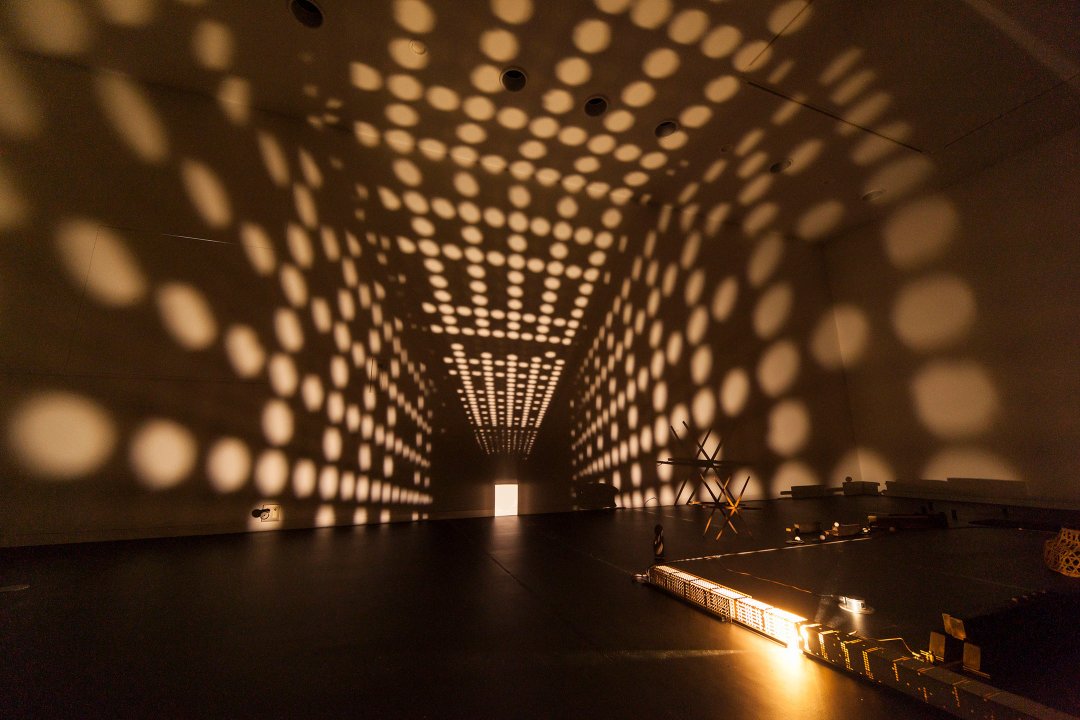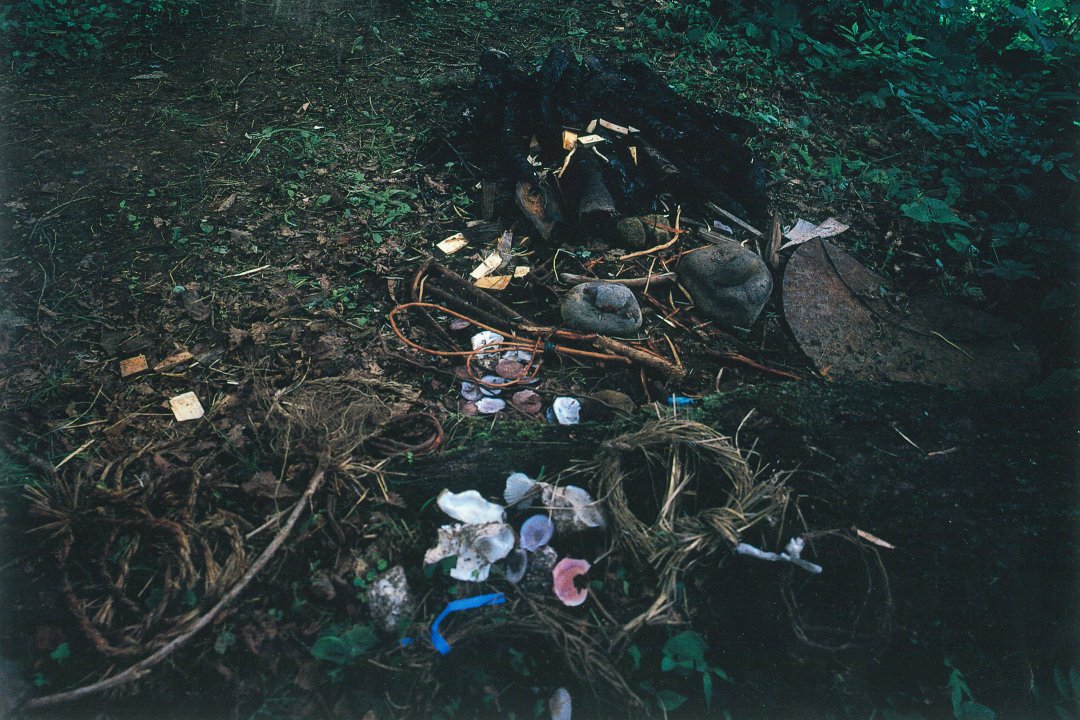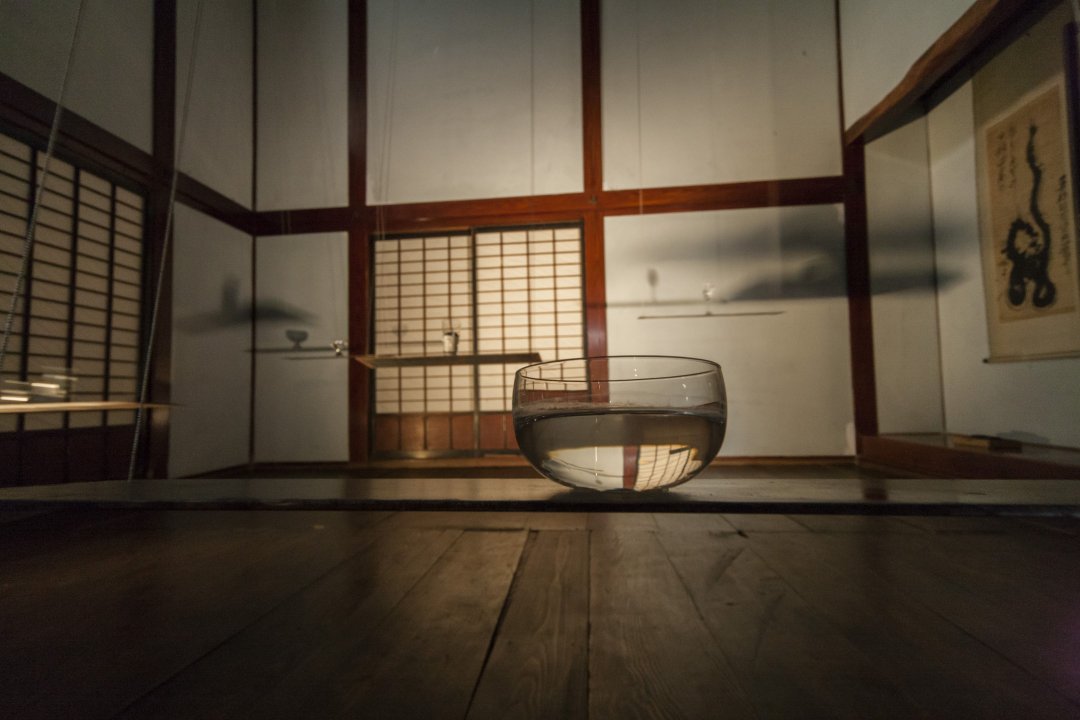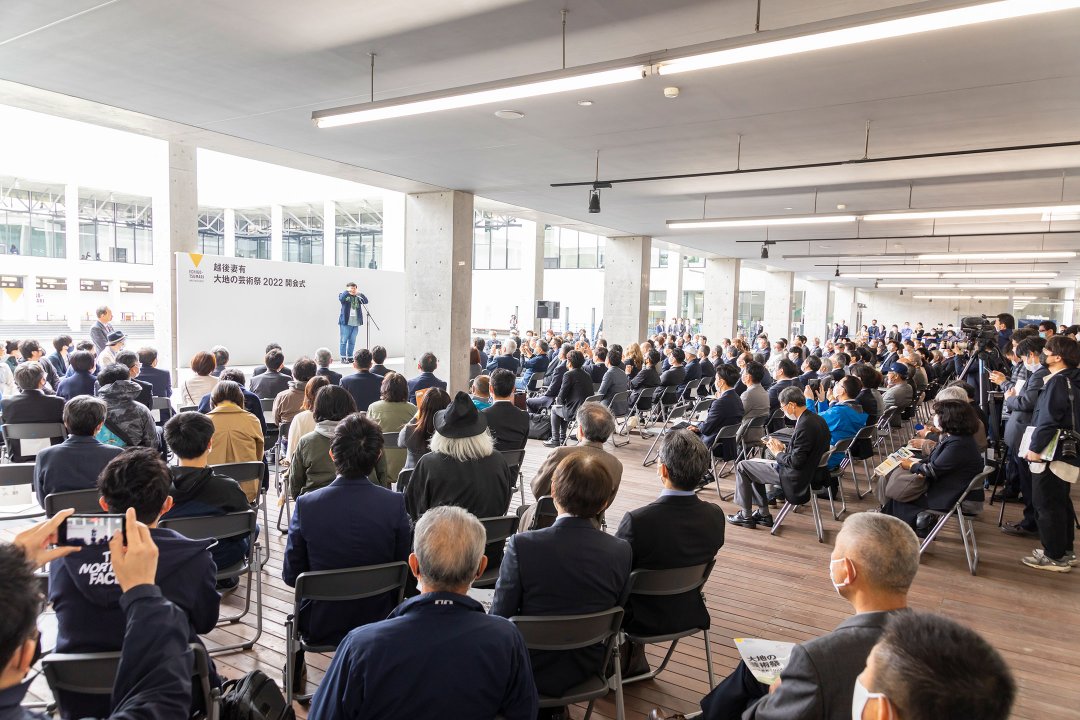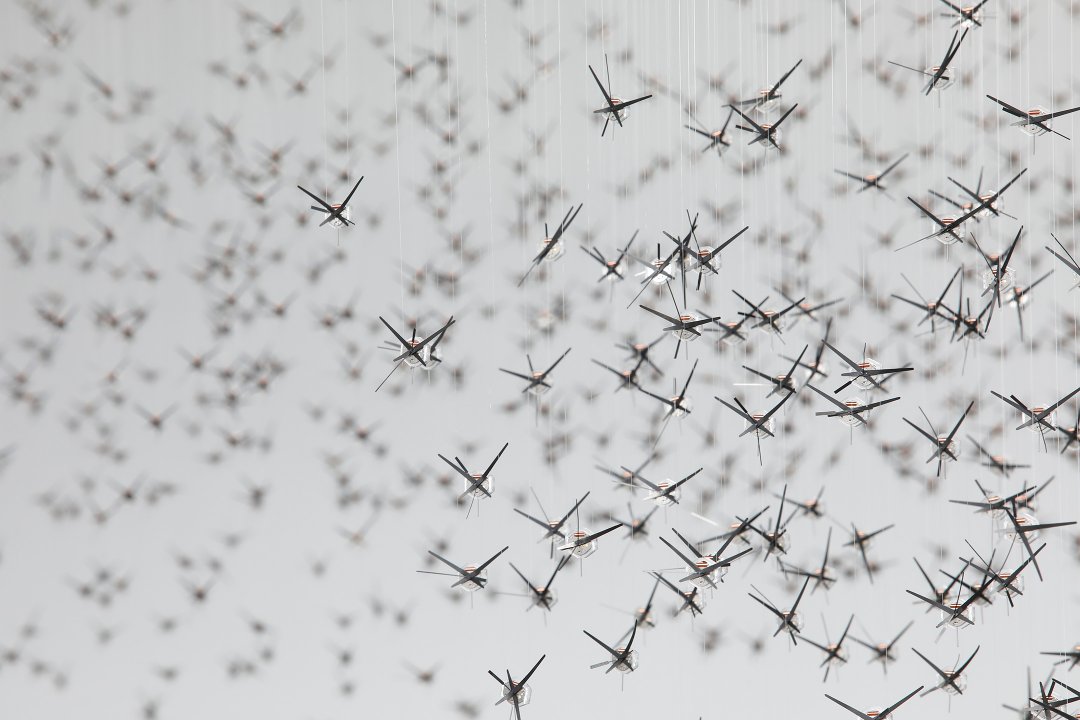Thinking 21st century art in the world from Niigata
Echigo-Tsumari Art Field - Official Web Magazine
Artwork / Christiaan Bastiaans
The Real Lear in Echigo-Tsumari (2003)
“The Real Lear in Echigo-Tsumari” directed by Christiaan Bastiaans (photo by MORIYAMA Daido)
Artwork / Christiaan Bastiaans
The Real Lear in Echigo-Tsumari (2003)
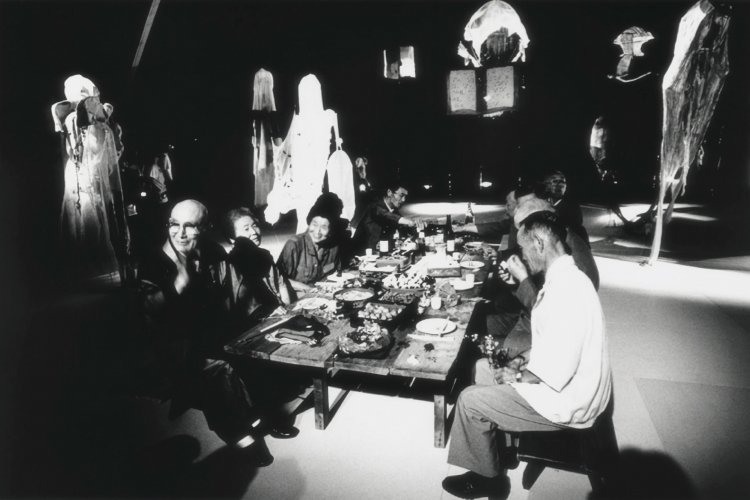
“The Real Lear in Echigo-Tsumari” directed by Christiaan Bastiaans (photo by MORIYAMA Daido)
The monologue of life by the elderly people of satoyama. Loss and regeneration of a subtle and profound drama played by real people.
Text and edit by UCHIDA Shinichi, UCHIDA Tomoko/ Edit by KAWAURA Kei (CINRA.NET editorial team) / Translated by Miwa Worrall
07 March 2020
One of the four great tragedies by William Shakespeare meets the life of people in Echigo-Tsumari
Taking inspiration from one of the four great tragedies by Willian Shakespeare, the performance of The Real Lear in Echigo-Tsumari was an unrepeatable theatre piece played by ten local people in their seventies to nineties. It was presented to celebrate the launch of the Echigo-Tsumari Art Triennale 2003 as well as to open the Nobutai Snow-land Agrarian Culture Center Matsudai (“Matsudai Nohbutai”). Christiaan Bastiaans (1), who wrote and directed the play, created this piece by overlaying Shakespeare’s play with the life of local people in satoyama.
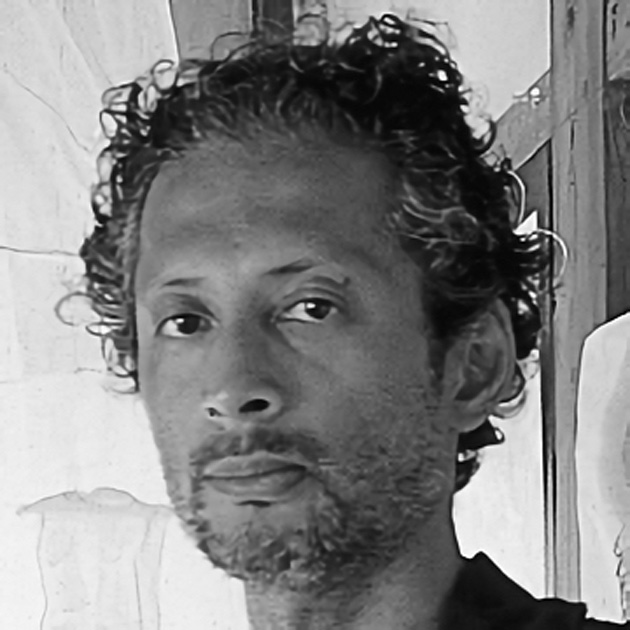
1. About Christiaan Bastiaans
Born in Amsterdam, the Netherlands in 1951. Christiaan Bastiaans’s art projects connect intricate multi-layered installations (consisting of sculptures, drawings, assemblages, photos, videos and performing arts) with social issues in an unconventional way, centred around the representation of displacement, upheaval and exclusion.
Bastiaans describes his themes as an investigation of the human condition. In order to fathom the essence of human existence, he seeks situations that revolve around life and death, beauty and horror, and he travels to places where man must rely on the most basic survival strategies.
“King Lear” by Shakespeare is a tragedy set in Britain, in which the elderly King Lear is deciding to divide his realm amongst his three daughters. Becoming old and stubborn, King Lear disowns his youngest daughter, who sincerely loved him, after quarrels with her, whereas he was betrayed by his first and the second daughters. Eventually he is cast adrift, wandering through the wilderness after losing all of his wealth, power and love. Although the youngest daughter, who became the queen of France, raises an army of French troops to rescue the old king, both of them were captured and King Lear died despairing of the death of his youngest daughter in prison.
How does this story of loss relate to Echigo-Tsumari? At first Bastiaans was contemplating the idea of connecting homeless people in Tokyo with the world of King Lear using performance and video work. Some of the homeless people living in the metropolis might have held stable positions in the society once or lived in houses with their respective families. He identified something in common between those people and King Lear who lost much as he got older.
What took him in an unexpected direction was a letter he received. Sixteen years on, Bastiaans recalled the memories of those times and answered as follows:
Bastiaans: I got a letter from Echigo-Tsumari Art Triennial asking if I could adjust my idea for the Triennial. I started to research and found out that Echigo-Tsumari is a greying society. Many elderly people are left behind while young people move away to the big cities. How do elderly people deal with such a drastic change in society, such as the farmers who are still working the rice fields? After they pass away, nobody will take care of the rice fields anymore. I realized that I can juxtapose the themes of the King Lear drama with the lives of the elder people of Echigo-Tsumari, adjusting my initial idea.
However, melding the fictional tragedy with very real social issues and asking local people to perform on stage must have presented a very delicate and difficult challenge. What made it possible for this piece to be realised was that Bastiaans focused on the universal theme of “the human condition” embedded in this play rather than attempting to superficially dramatise the hardship.
Bastiaans: I wanted to record the stories of their hardship in the past as well as their lives at present. I choose three elderly women, one blind elderly masseur, an elderly priest and a few more elderly men, farmers. The three elderly women stand for the three daughters in King Lear. The blind man is a visionary who can find his way in the dark, so important. The priest is similar to the role of the Fool in King Lear.

“The Real Lear in Echigo-Tsumari” directed by Christiaan Bastiaans, 2003. (Photo by MORIYAMA Daido)
Bastiaans and staff members visited ten people in their 70-90s at their homes in the mountain villages, who responded positively to the call for participation. What they did first, he laughed, was to share a drink of sake at every single house he visited. He told us that people were unexpectedly open-minded and told him their own stories straight. Such exchanges continued on for almost half a year.
Bastiaans: As the project developed, I realized that they created for themselves a happy, close community, even if nobody would take care of the rice fields after they are gone. When I visited them, I felt a happy, joyful feeling inside their houses.
Words questioning human dignity: “What need one?”
“The Real Lear” in Echigo-Tsumari directed by Christiaan Bastiaans, 2003. (Photo by Daido Moriyama)
It seems that Bastiaan’s realisation had a great influence on the unique production of The Real Lear. During the performance in the summer 2003, a special stage was built in the piloti space on the ground level under Matsudai Nohbutai, surrounded by lush green terraced rice fields and the ten elderly actors appeared on the stage. What they did on the stage, however, was not acting following a given script. Instead, they opened furoshiki-wrapped containers filled with food they had cooked at home and enjoyed conversations as they shared food and drink. (2)
Bastiaans: I put a wooden table on stage, around it the elderly enjoyed a party together. On stage, there were also the sculptures, like spirits, apparitions. And I projected photos I selected from their photo albums on the silk pages of an opened book. Speakers also interweaved the recordings of their voices telling their personal stories, as well as quotations from Shakespeare’s King Lear. That was specifically the combination of fiction-documentary, so you can say “doc-fiction.” The project was also an homage to them.
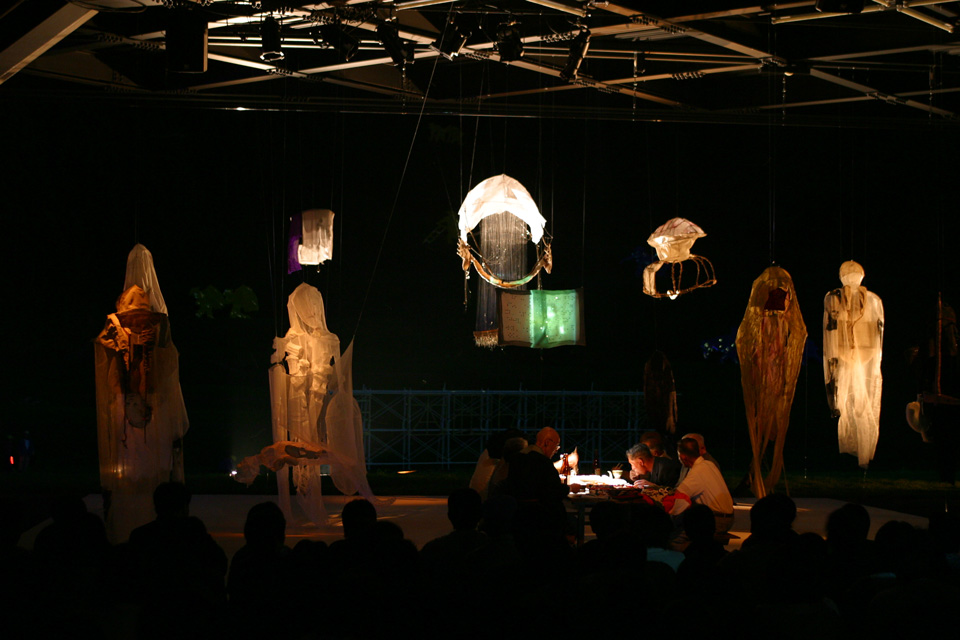
“The Real Lear” in Echigo-Tsumari directed by Christiaan Bastiaans, 2003.
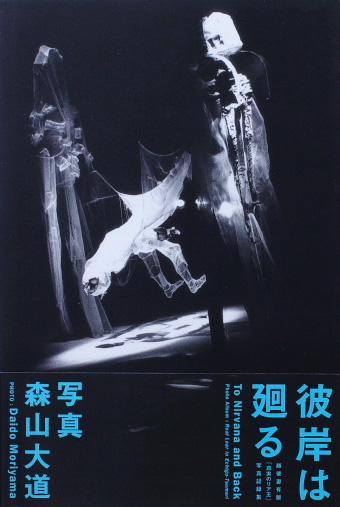
2. To Nirvana and Back: Photo Album of The Real Lear in Echigo-Tsumari
In addition to stage photos and satoyama landscapes taken by Daido Moriyama, the photo catalogue includes photos from old albums owned by locals, the script of the play and essays by Fram Kitagawa and Marianne Brouwer. Designed by Daisuke Nakatsuka. Text in both Japanese and English.
Published by Gendaikikakushitsu (May in 2004) JPY3000 plus tax 214 pages
The world that unfolded in darkness with minimal lighting can be described as yūgen-geki (3). The monologues by the old performers that were broadcast through the speakers were the stories of their lives. The beauty of fruit and the ears of rice during the harvest season that they saw in childhood. The conflict they experienced as industrial mechanisation advanced. People who went to work in the city and those who couldn’t leave home. Difficulties they faced during and after the war and memories of the bereavement of beloved family members. The audience was invited to contemplate these stories as they watched the peaceful feast on the stage.
“What need one?” – these words that were repeated over and over are also impressive. This is the second daughter’s line in King Lear when she harshly ordered to drastically reduce the number of servants of her old father. While the words symbolised how the erstwhile strong gradually became the have-nots, they might sound differently in The Real Lear in Echigo-Tsumari. While one may be a small existence in a country or society, the words seem to pose a question regarding the dignity or meaning of existence within each human being, in other words, the “human conditions”. The voice from the speaker, on the other hand, talked about the fantastical appearance of an earth vanishing because of human beings (a dream of the blind man). As these were woven into one another, The Real Lear turned out to be a subtle and profound piece rather than an unrelieved tragedy nor a simple paean to humanity.
The Real Lear left a compelling impression on many people that is hard to describe. Even now, many years after the performance, it still makes us think of the meaning of “living in the moment” as we lose something during our exposure to the waves of time and society.
3. Bastiaans and Japan
Bastiaans told us that he was attracted to the concept of yūgen in Noh theatre (profound unfathomable depth), the structure of the stage and abstract stories where the real and spiritual worlds intersect. In Noh, all movements are meaningful. The sound of voices works as an invocation: voices that express elegance and pathos, and create an atmosphere of meditation and stillness that transcends time and space. He also saw Tenjo Sajiki directed by Shuji Terayama and a theatre play featured Yoshi Oïda at the Mickery Theatre in Amsterdam during 70s when he was a student of an art college. These experiences lead to a developing interest in Japan and he eventually studied at Kyoto City University of the Arts. He regards the artist Shoichi Ida (1941-2006), whom he met in Kyoto, as “an esteemed mentor.”
“It doesn’t matter if the person is a worthy man or not, as I believe that everyone is equal.”
I was asked by the headmaster of the Matsuju University (a life-long education project delivered in Matsudai town) to participate in The Real Lear. The headmaster may have been asked for suggestions by the festival organisers and they must have agreed to “bring in that strange old lady.” It is a long time ago now but I mourned for almost a year when I lost my husband all of sudden. I then realised it wouldn’t help anything if I just cried and started to try lots of different things. The Matsuju University was one of those that made the connection.
Bastiaans and his friends were not pretentious. They visited me at home and tried mochi (sticky rice-ball) wrapped in a leaf which must look rather unusual to them. For me, it doesn’t matter if the person is a worthy man or not as I believe that everyone is equal. So when they knocked on the door, I welcomed them by saying “why not come inside”. During the performance on the stage, I heard my sister calling “do your best!” Since then I gotten a bit weaker and can’t walk around as I used to, but I would love to talk with Bastiaans and his friends over a cup of tea again.
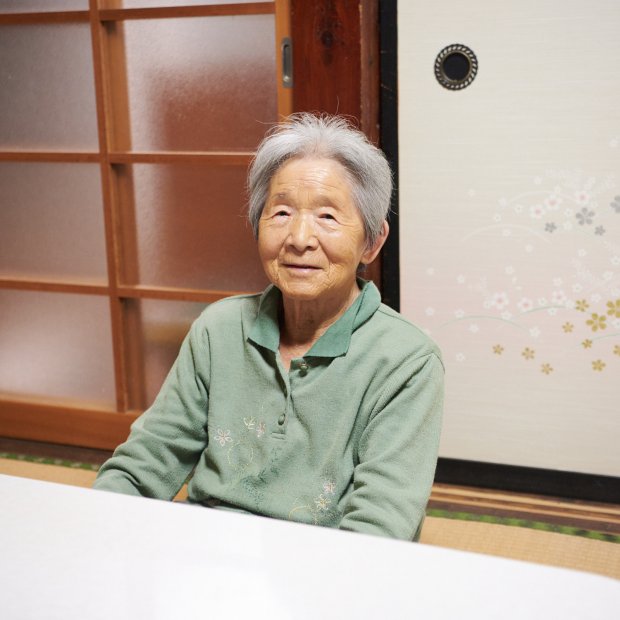
Profile
Kaya Takahashi
Cast in "The Real Lear in Echigo-Tsumari”
Born in Azamihira village in Tokamachi-city, Niigata Prefecture, Japan. In addition to performing in The Real Lear in Echigo-Tsumari, she contributes to Hibino Katsuhiko’s “The Day After Tomorrow Morning Glory Project” which has been conducted in Echigo-Tsumari and across Japan.
“‘The Real Lear in Echigo-Tsumari’ is crucial, because after that I understood why I am an artist.”
“Real Lear in Echigo-Tsumari” is crucial, because after that I understood why I am an artist. Not only making works, but also to encounter the people who participate, hear their stories and spend time together—that is very precious to me. We are from different parts of the world, but we can have such a beautiful contact together. Realising that is such a wonderful experience. We know we might never meet again, but we had these moments together. Of course the project itself, to show to the visitors is important, but the experience that the elderly and I have and our encounters is the great memory.
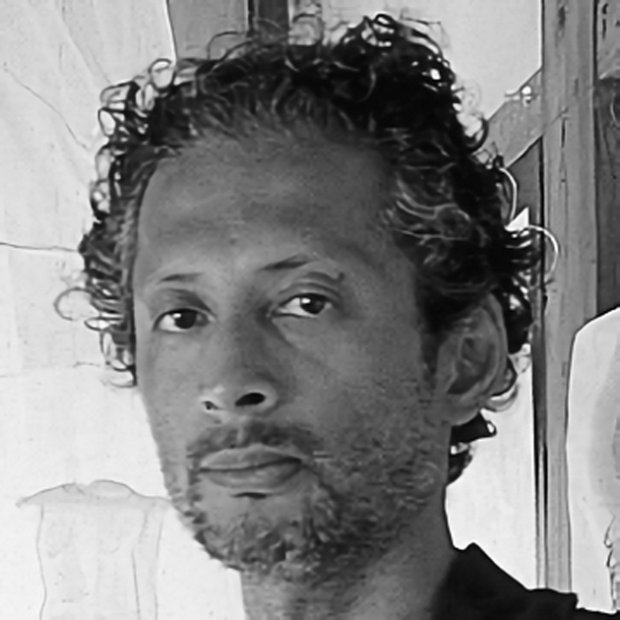
Profile
Christiaan Bastiaans
Artist
Born in 1951 in Amsterdam, the Netherlands. Writer and director of “Real Lear” in Echigo-Tsumari.






